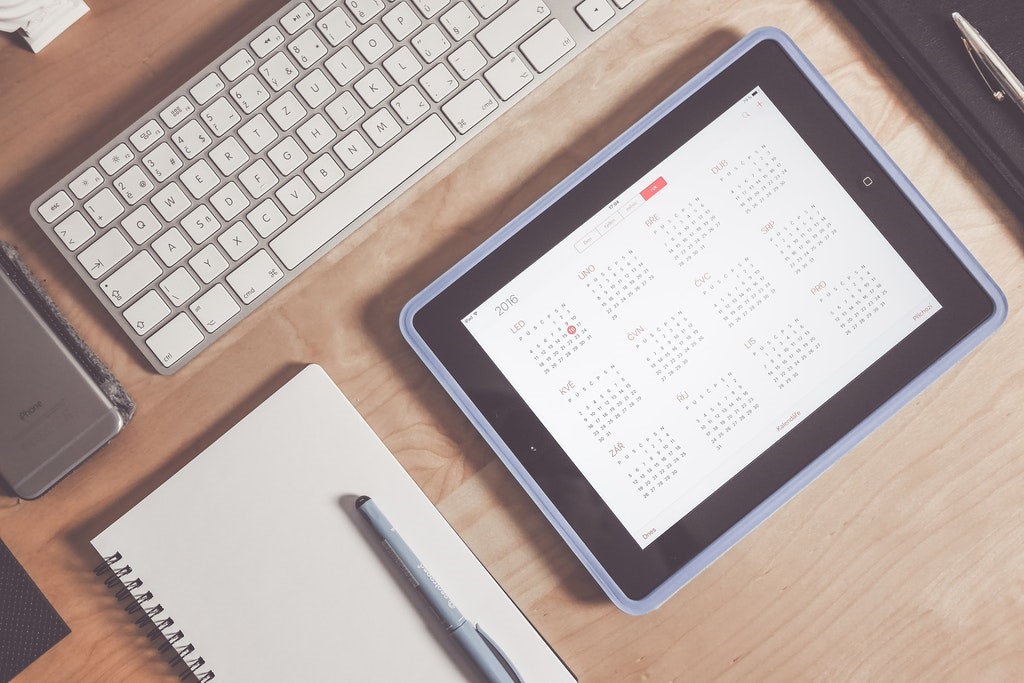How to Create a Successful Online Event
Well, what a year 2020 was, the year we all started using Zoom and Microsoft Teams on a daily basis, and joining events and webinars online instead of in person. The global pandemic hit the events and sales and marketing industry hard and fast. According to Event Industry News, The University of Westminster carried out a global study on the events industry and the impact of COVID-19, implying “that the business they are involved in may not exist in its current form within the next 6-12 months”.
Having spent the last year delivering several online events for agencies, here are some top tips that we have learnt along the way, as let’s be honest not everything we’ve done has worked and there have been a few mishaps on the way! 2020/21 was the time to trial things as if you just stood still, you’d be at the back of the queue and your sales pipeline would dry up. According to Eventbrite, online events are here to stay. So I’d like to share some things you should think about and what I’ve learned from running events online which I hope will make your events in 2021 & 2022 successful, as let’s face it’ll still be a while until we’ll be hosting in person events again.
What do you want the outcome of your event to be?
What do you want the outcome to be? Do you want more conversations, leads, sales, or brand awareness? Are you more interested in high attendance so you can bolster your database or want quantity over quality? Think about what you want to achieve.
It might even be that you want to host an online event for your current customers, just to touch base with them, such as a chocolate tasting afternoon with Hotel Chocolat or perhaps an immersive games event or a wine tasting event, it’s good to get creative when hosting a virtual event.
Think about your audience
There is no point in putting in time, effort and money into an event if you don’t think about who you are trying to attract to attend and what is important to them. Read reports, speak to them and find out what is keeping your target audience awake at night as that is what content you need to be putting out there.
What content do you want to share?
Content is king as they say, so think about your content carefully. If you have speakers make sure what they are saying is relevant to your business, and make sure as a business you have enough to say about the topic. If you have multiple speakers ensure they don’t have opposing views, it’s ok to have a debate, but only if relevant for your audience, you want to make them think and for them to find it insightful rather than coming out of the event more confused.
What data do you want to capture?
Whether you are hosting your event on Zoom, Microsoft Teams, or Hopin to name a few, just make sure you make it as easy as possible to sign up, don’t make them jump through hoops. If you’re not running a series, I’d suggest that you put your event on Eventbrite as it’s a well-used platform that people are familiar with and often have an account for already. In Eventbrite you can then add in the event link to the platform you are using. You can customise sign up details, but just getting the basic details, name, email address, job title, and company name should do it. You can always get more information from them later down the line, the important thing is not to put them off from signing up in the first place.
Write a brief
Writing a brief has helped us immensely, as it not only focuses your thoughts and ideas on the structure of the event, but it gives everyone participating an overview, so everyone is on the same page. Typically, in our briefs we include things like:
- Event description
- Themes to cover
- Audience breakdown, numbers, job titles, companies
- Timings of the event
- Links to join
- Best practise
- Speaker bios
- Any questions that have been submitted
Give it a go!
Set up a briefing session
I’d highly recommend hosting a briefing session with your speakers, it gives you not only the opportunity to meet, but you can also iron out any questions, as well as try out the technology you’ll be using so you don’t have any last-minute panics. I often want to just record our briefing sessions and send them to our audience as such gems come out of them from us just casually chatting! It’s a great way for the other speakers to meet each other before the event, as well as talking through any latest industry news.
Ask for questions
If you’ve gone to all the effort of putting on an event, make sure you ask attendees to submit questions, that way you are giving them the exact content they need. You have the opportunity to come across as an expert in your field and you gain valuable insights about what is on the mind of your audience. Gold!
Promote your event
There is no point in setting up a beautifully crafted event that is relevant to your audience if then no one turns up, so make sure you promote your upcoming event! Invite people via email and social media, ask your speakers to share the event on their LinkedIn so you can promote it with their network. You could also do some paid advertising on LinkedIn or Google and don’t forget to use relevant hashtags. Make use of LinkedIn events too, it’s relatively new, and people are starting to get used to it, so make sure you’re an early adopter as it’s only going to get bigger and the platform will reward you for using it.
Send reminders
Even though you may have people signed up to your event, it’s likely that only 30-50% people will attend on the day. It’s therefore good practice to send reminders for your event to ensure you have as higher attendance rate as possible. We typically send the following reminder emails:
- Thanks for signing up and asking for questions to be submitted
- New speaker announcements if we’re adding anyone to the line up
- Week to go
- Reminder to submit questions
- One day to go
- Half an hour to go
Also, a top tip, send the URL they need to join in the half an hour to go email, to make it as easy as possible to join.
Put the event in the calendar
If it’s the hottest event in the calendar, make sure it’s in their calendar. Unfortunately, all the different event platforms have their slight quirks, for example when you sign up to an event via Zoom you receive a confirmation email, but you then have to click a link in that email to add it to your calendar, which isn’t the best user journey. Eventbrite however will send a calendar invitation. When you have hundreds of people attending, it’s unrealistic to be able to put a calendar invite in everyone’s calendars which is why email reminders are so important. But if you are hosting a more intimate event, like a roundtable event for example this is a must. Also make sure you put the event in your speaker’s calendars at the very least as you definitely want them showing up!
Record your event
One thing that is easy to do with online events versus in-person events is it’s easy to record them as you don’t need to hire a videographer. People who attend like to have a recap of all the interesting insights that are discussed, and people get busy so may have missed either all or part of your event. According to Marketing Profs, most attendees only tune into around 50% of an event, so be nice and let them have the content they missed out on. This will help you with your post event outreach as well as give you content for your social media and help grow your YouTube channel.
Set up a scoring system
Consider using a marketing automation platform such as Kulea, which can set up journeys and track whether people have attended and can allocate them points for signing up, attending etc. which adds up to an overall engagement score. This allows you to see how engaged individuals are, which really helps with targeting. Even if you don’t have a marketing automation platform you can still keep a track of who attended and who didn’t as the event platforms will tell you, it’s good to keep an eye on this as it can inform your future marketing tactics.
The event is over, what next?
Perhaps the most important part of running an event is actually the post event activity. This is where you can use assets to communicate with your audience further – both those that attended, signed up but didn’t attend and those that didn’t sign up at all. Send them friendly emails recapping the event, ask for feedback, get them to fill in a survey, share the video footage or any relevant articles that will help them, this is when your new business conversations are most likely to happen.



